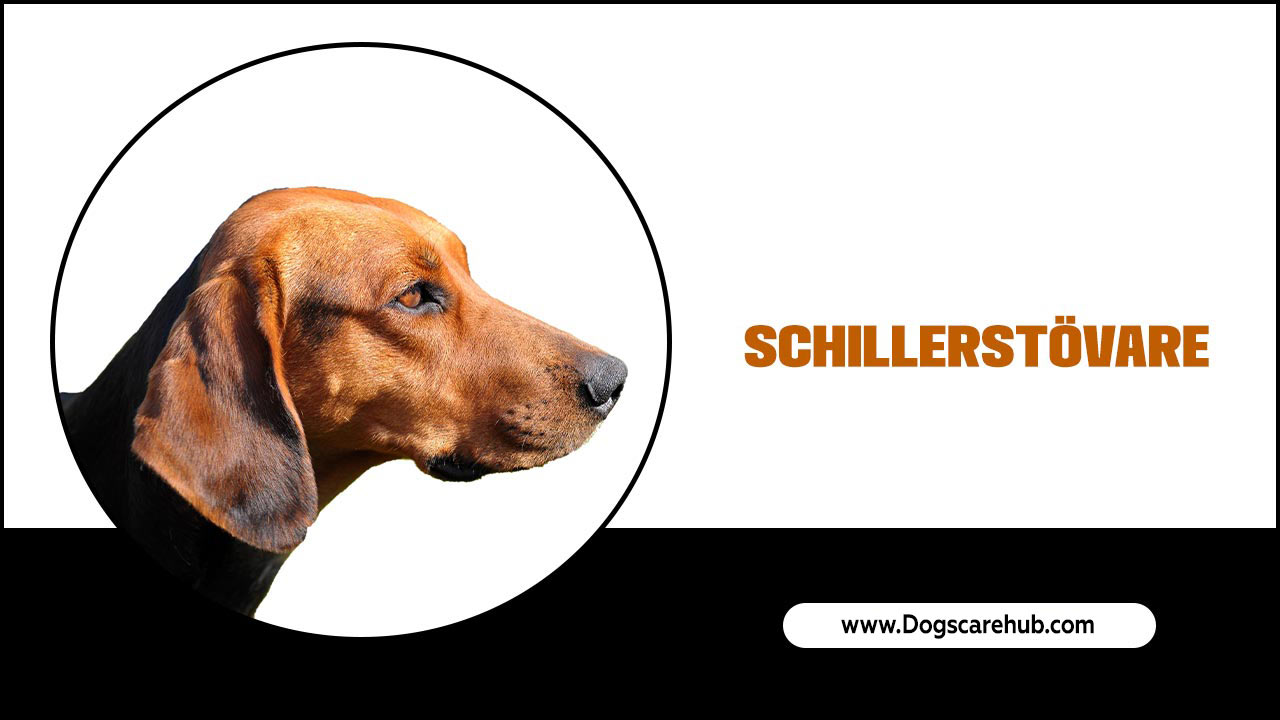Nourishing Your Pitbull on a Budget: Finding the Best Low-Calorie Food
Finding the perfect low-calorie wet dog food for Pitbulls that’s both healthy and budget-friendly can feel like a quest. Pitbulls, with their muscular builds and enthusiastic appetites, can be prone to weight gain if not managed carefully. This can lead to a host of health issues, including joint problems, diabetes, and heart conditions. Fortunately, a wealth of excellent options exists that cater to the specific needs of these wonderful dogs without breaking the bank. This article will guide you through the considerations for choosing the right food, highlight some top affordable choices, and provide tips for maintaining your Pitbull’s ideal weight.
Why Low-Calorie Food is Essential for Pitbulls
Pitbull Terriers are strong, energetic breeds, but their lifestyle and breed predisposition make them susceptible to obesity. Unlike some sighthounds that are naturally leaner, Pitbulls can pack on pounds quickly, especially if they lead a more sedentary lifestyle or have a tendency to overeat. Excess weight puts significant strain on their joints, particularly their hips and knees, which are already prone to conditions like hip dysplasia. Obesity also increases the risk of developing diabetes, heart disease, and can even impact their overall lifespan and quality of life.
A carefully chosen low-calorie diet addresses these concerns by providing essential nutrients for muscle maintenance and energy without loading up on unnecessary calories. This helps to keep your Pitbull lean, active, and less prone to weight-related health problems. The focus shifts to nutrient-dense, lower-fat formulations that promote satiety, meaning your dog feels fuller for longer, reducing the urge to beg for more food.
Understanding Pitbull Nutritional Needs
When selecting any food for your Pitbull, regardless of calorie count, consider their specific needs. Pitbulls thrive on a diet rich in protein, which is crucial for building and maintaining lean muscle mass. Moderate levels of healthy fats are also necessary for energy, skin and coat health, and nutrient absorption. Carbohydrates provide energy, but opting for complex carbohydrates like those found in whole grains or vegetables can offer sustained release and added fiber.
For low-calorie options, pay attention to the guaranteed analysis on the food label. Look for foods with a lower fat percentage (generally below 10-12% for wet food) and a moderate protein percentage (typically 25-35% on a dry matter basis, though wet food analysis will differ). Fiber content is also important, as it aids in digestion and can contribute to a feeling of fullness. Many low-calorie diets also incorporate L-carnitine, an amino acid that helps the body convert fat into energy, further supporting weight management.
Decoding “Low-Calorie Wet Dog Food for Pitbulls” Labels
Navigating the pet food aisle can be overwhelming, especially when looking for specialized foods. For low-calorie wet dog food for Pitbulls, here’s what to look for on the label:
Calorie Density: This is the most direct indicator. Wet foods will typically list calories per kilogram or per can (e.g., kcal/oz or kcal/can). Lower calorie densities mean you can feed a larger portion for fewer calories, which can be more satisfying for your dog. Ideally, look for options in the range of 250-350 kcal per 100 grams.
Protein Source: Prioritize high-quality animal protein as the first ingredient. Common good sources include chicken, turkey, beef, or fish. Avoid foods with excessive fillers like corn, soy, or wheat as the primary protein sources, as these offer less nutritional value for the calorie count.
Fat Content: As mentioned, look for lower fat percentages. While some fat is essential, excessive amounts contribute significantly to calorie intake.
Fiber Content: Higher fiber content can help your dog feel fuller and aid in digestion. Look for sources like peas, beans, or natural fiber from fruits and vegetables.
Avoid Artificial Additives: Steer clear of foods with artificial colors, flavors, or preservatives. These offer no nutritional benefit and can sometimes cause sensitivities.
“Weight Management” or “Light” Claims: While these are good indicators, always back them up by checking the calorie density and ingredient list. Some “light” foods may still be too calorie-dense for a strictly managed diet.
Affordable & Best Low-Calorie Options to Consider
Finding affordable, high-quality low-calorie wet dog food for Pitbulls is achievable. While specific brands and prices can vary by region and retailer, here are some types of foods and brands that often fit the bill:
Brands with Dedicated “Weight Management” Lines: Many reputable pet food manufacturers offer specific weight management formulas within their wet food lines. These are often more affordable than niche prescription diets. Look for options from brands like Purina ONE, Hill’s Science Diet (though sometimes pricier, look for sales), Blue Buffalo, and Merrick.
Simple, Protein-Focused Wet Foods: Sometimes, a basic, high-quality canned dog food with a single protein source and minimal fillers can be a good foundation. By carefully controlling portion sizes, you can manage calorie intake effectively. Look for brands like Purina Pro Plan, Nature’s Recipe, or Cesar (though check calorie counts, as some are higher).
Veterinary Prescription Diets (When Necessary): If your veterinarian recommends a specific low-calorie diet for your Pitbull due to a medical condition or significant weight issues, these diets are formulated for optimal results. While they can be more expensive, many vets offer loyalty programs or discounts. They are often the best in terms of targeted nutritional support.
When comparing prices, consider the cost per serving rather than just the price per can or bag. A slightly more expensive food that is more nutrient-dense and requires a smaller portion might ultimately be more cost-effective.
Practical Tips for Weight Management
Beyond choosing the right food, a holistic approach to weight management is key for your Pitbull:
Portion Control is Paramount: Use a measuring cup for every meal. Don’t guess. Follow the feeding guidelines on the food packaging, but adjust them based on your dog’s individual needs, activity level, and body condition score. Consult your veterinarian for personalized recommendations.
Regular Exercise: Consistent physical activity is crucial for burning calories and maintaining muscle mass. Aim for daily walks, playtime in a securely fenced yard, or engaging in dog sports.
Healthy Treats: Treats can add a significant number of calories. Opt for low-calorie dog treats, or use a portion of your Pitbull’s daily kibble as rewards. Vegetables like carrots or green beans (in moderation and without any added seasonings) can also be healthy, low-calorie options.
Monitor Their Weight: Regularly weigh your Pitbull and assess their body condition. You should be able to feel their ribs without pressing too hard, see a defined waist when viewed from above, and notice an abdominal tuck when viewed from the side. Your veterinarian can help you understand what to look for.
Consult Your Veterinarian: This cannot be stressed enough. Your vet is your best resource for assessing your dog’s health, determining their ideal weight, and recommending the most appropriate diet and exercise plan. They can rule out any underlying medical conditions contributing to weight gain.
By understanding your Pitbull’s needs, carefully selecting low-calorie wet dog food for Pitbulls, and implementing a consistent exercise and feeding regimen, you can ensure your beloved companion lives a long, healthy, and happy life without breaking your budget.
Meet Elyse Colburn, the devoted canine companion and storyteller behind the enchanting world of “Tales, Tails, and Adventures Unleashed.” A passionate dog enthusiast with a heart full of paw prints, Elyse Colburn shares heartwarming tales and insightful adventures, celebrating the joy, loyalty, and endless antics that make every dog a true hero. Join Elyse Colburn on this tail-wagging journey, where every post is a love letter to our four-legged friends.






